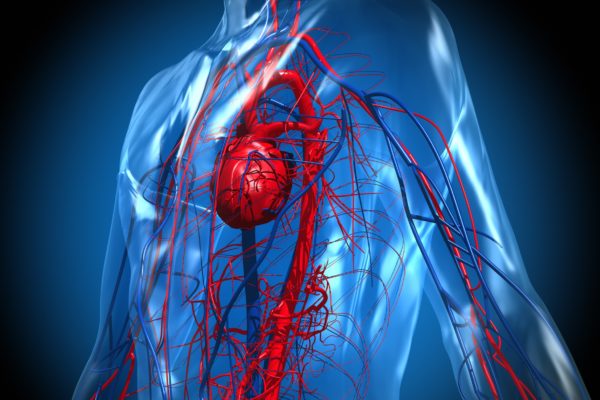
Cancer.gov
Penile cancer arises when tissues of the penis, such as the foreskin and glans, undergo uncontrolled cell division. Together with the scrotum, testes and prostate, the penis forms the male reproductive organ. The penis contains three corpus cavernosa that become engorged with blood during an erection. The foreskin is a loose skinfold that protects the glans. Sometimes, the foreskin is partly removed for medical or religious reasons, this procedure is known as a circumcision.
There are three types of penile cancer:
Penile cancer is relatively rare, with fewer than 100 diagnoses per year in Belgium, although an increase in cases has been observed in recent years. The disease mostly affects men over 60 years old. The 5-year outlook for men who are diagnosed in stage I is 90%; this drops to 17% for men who are diagnosed in stage IV.
In most men, the onset of penile cancer is marked by a red spot, wart or lump on the penis, usually between the glans and the foreskin. This spot or lump does not disappear over time but keeps growing. Normally this symptom does not cause any pain.
Other symptoms may include:
There is no clear-cut cause for penile cancer, but there are certain factors that bring an increased risk of developing the disease:
A GP who suspects a patient may have penile cancer will conduct a physical examination of the penis and the lymph nodes in the groin area. Generally, this examination will be followed up by referral to a dermatologist or a urologist for further testing. These tests include biopsy, sentinel node biopsy, ultrasound, CT scan, PET-CT scan or MRI scan.
In a sentinel node biopsy, the lymph node that is the first node to process lymph fluid from the tumour is examined. In order to determine which lymph node that is, a small dose of radioactive liquid is injected into the tumour. A radiology scan will show the correct lymph node, which will then be surgically removed and examined.
To determine the stage of penis cancer, the TNM classification system is used. The T stands for the primary tumour; N determines whether lymph nodes have been affected; and M denotes tumours that have spread into other systems.
The differentiation of the tumour is an important factor in establishing a prognosis and treatment. This can be determined on the basis of a biopsy. A biopsy involves the removal of a small bit of tissue that can be examined under a microscope. Differentiation determines the degree of mutation in the cancerous cells.
When the diagnosis of penile cancer has been set and the staging of the disease has been established, a team of specialists will come up with a treatment strategy. In the case of penile cancer, this can involve laser treatment, cryotherapy, surgery, radiation and chemotherapy.
Laser treatment or cryotherapy are viable options if the cancer is found at an early stage. Laser treatment involves burning and killing the tumorous cells with a laser; cryotherapy achieves the same result by freezing the tumour. In case the tumour has advanced, surgery and radiation are advisable. Chemotherapy is only offered at a much later stage and in a palliative setting. Research is currently investigating the efficacy of EGFR inhibitors in this setting.





